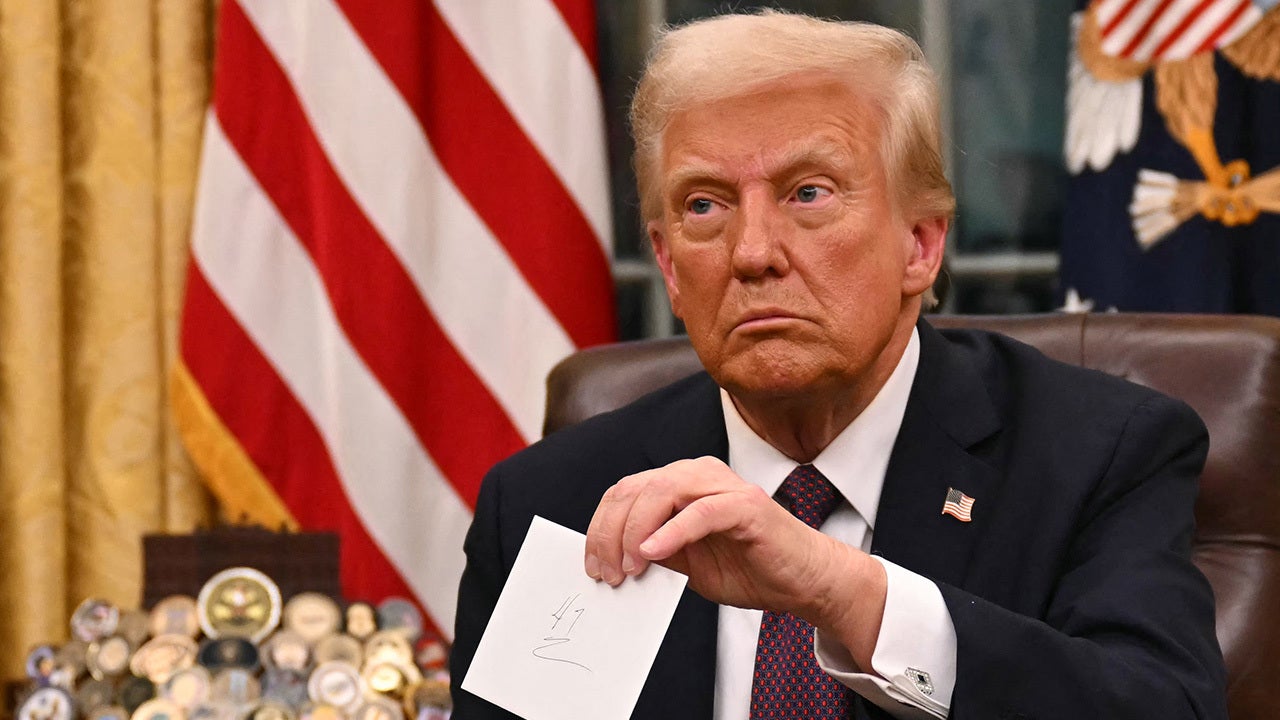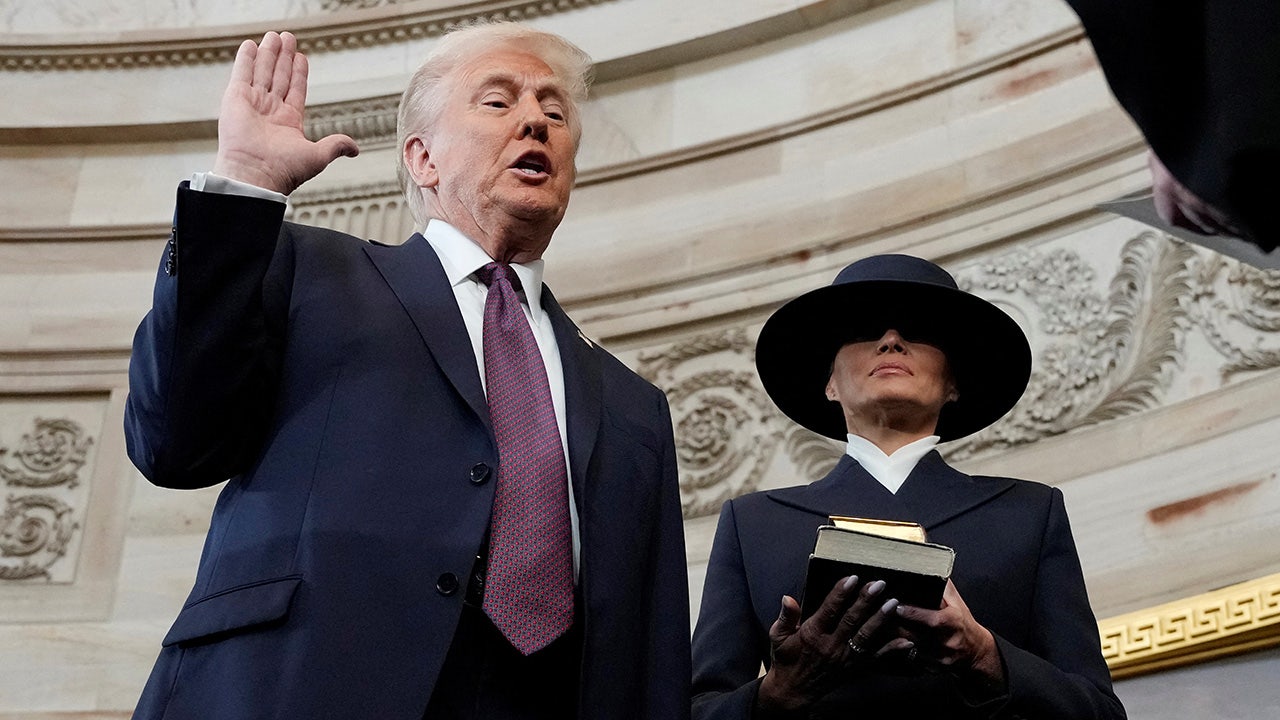Queen Elizabeth II liked to say that she needed to be seen to be believed. Now it falls to her son King Charles III to test that principle, after a cancer diagnosis that will force him out of the public eye for the foreseeable future.
For a family that has cultivated its public image through thousands of appearances a year — ribbon-cuttings, ship launchings, gala benefits, investiture ceremonies, and so on — the sidelining of Charles may finally force the royals to rethink how they project themselves in a social-media age.
The king’s illness is the latest blow to the British royal family, which has seen its ranks depleted by death (Elizabeth and her husband, Prince Philip), scandal (Prince Andrew), self-exile (Prince Harry and his wife, Meghan), and other health woes (Catherine, the wife of Prince William).
Charles, who is 75, took part in 425 royal engagements in 2023, his first full year on the throne, according to a count by The Daily Telegraph. That made him the second hardest-working royal after his younger sister, Princess Anne, who did 457. Both were busier than in the previous year, when Elizabeth, though in the twilight of her life, still appeared in public sporadically.
While Anne, 73, shows little sign of slowing down and William plans to return to public duties while his wife convalesces at home from abdominal surgery, even a temporary absence of the king from the public stage would put heavy pressure on the family’s skeleton crew of working royals.
“There aren’t that many of them,” said Peter Hunt, a former royal correspondent for the BBC. “There are only two of them who are under 50. They’ve got to decide whether to continue to deliver on the queen’s mantra. What is the core minimum of engagements they need to do to do that?”
The answer to that riddle, royal watchers argue, may lie in technology and social media. During the coronavirus pandemic, when Elizabeth was sequestered at Windsor Castle, she conducted meetings via Zoom calls, becoming comfortable enough with it that she cracked jokes with the pixelated faces on her computer screen.
Buckingham Palace’s use of social media can also amplify the in-person exposure of family members. The royal family’s Instagram account claims more than 13 million followers and its account on X well over five million.
For young people, who spend hours a day online and follow their favorite celebrities on social media, a royal turning up to dedicate a new primary school or neighborhood health clinic may not matter as much as it did to their parents or grandparents.
The greatest burden of the king’s illness is likely to fall on his 41-year-old heir, William. He has worked to carve out a role on issues from climate change to homelessness. How much time he will be able to devote to those causes while he is also functioning as an understudy for his father is not clear.
Ed Owens, a royal historian who recently published “After Elizabeth: Can the Monarchy Save Itself?,” argues that the royals should step back from these charitable pursuits in any event, because they interfere with the proper role of the government in society.
“The culture of royal philanthropy,” Mr. Owens wrote, “has too often capitalized on the gaps left exposed in a broken welfare state.”
William has also jealously guarded his family’s privacy: Kensington Palace, where he has his office, offered few details about the condition of Catherine. There were no photographs of the couple’s three young children — George, Charlotte, and Louis — visiting their mother in the hospital.
That approach stood in contrast to his father, who approved the disclosure of an unusual amount of detail about his prostate treatment, and more recent cancer diagnosis. The scrutiny of William will inevitably increase, experts said, as he occupies a more central place in the Windsor family hierarchy.
Another question looms, over the role of Prince Harry, the king’s younger son, who fell out bitterly with his father and brother after he and Meghan withdrew from royal duties and moved to California in 2020.
Harry arrived in London on Tuesday to visit his father, leading royal watchers to muse that the crisis could prompt a reconciliation between him and his family. But Harry did not bring his own family and it was not even clear where he would stay; the king evicted him from his residence, Frogmore Cottage, last year.
While Charles will cede the public stage for now, the palace has taken pains to emphasize that he remains a fully vested constitutional sovereign. He will continue to meet weekly with Prime Minister Rishi Sunak and see other visitors. He will continue to plow through official documents, delivered to him daily in a traditional red box.
There are no current plans to name counselors of state, who could perform some of the king’s duties if he were incapacitated by illness. Among those on the roster for that role are Queen Camilla and William.
There are some rituals only a sitting monarch can perform. Charles must grant a request from the prime minister to dissolve the Parliament before a general election. He must also ask the leader of the party holding a majority to form a government.
None of this is hypothetical in a year that is expected to include an election, and one in which the opposition Labour Party currently has a roughly 20-point lead over the Conservatives in opinion polls.
Elizabeth viewed these duties as so solemn that she steeled herself, two days before her death at 96, to meet with Boris Johnson, the outgoing prime minister, and Liz Truss, his successor, at Balmoral Castle in Scotland.
Mr. Sunak, who has spoken to Charles about his cancer, sought to soothe worries about the king’s prognosis. Speaking to BBC Radio 5 Live on Tuesday, he said, “Thankfully, this has been caught early.”
A spokesman at 10 Downing Street later clarified that Mr. Sunak was not passing on new information but referring to the palace’s statement, which took note of the “swift intervention” of Charles’ medical team.
Whatever his prognosis, the king’s cancer thrusts the royal family into uncharted territory. Historians noted that when Charles’s grandfather, King George VI, had cancer surgery in 1951, the palace told the public almost nothing about his condition. He died five months later, putting his daughter Elizabeth on the throne, 72 years ago on Tuesday.
When she died in September 2022, her death certificate listed the cause as “old age.” Gyles Brandreth, a friend of the royal family, said later in a biography of the queen that she had been suffering from a form of bone-marrow cancer.
By opting to be more open about his health struggles, Charles has diverged from long family practice. He did so, the palace said, “in the hope it may assist public understanding for all those around the world who are affected by cancer.”
Whether the king can disprove the queen’s mantra about having to be seen to be believed is another question.





